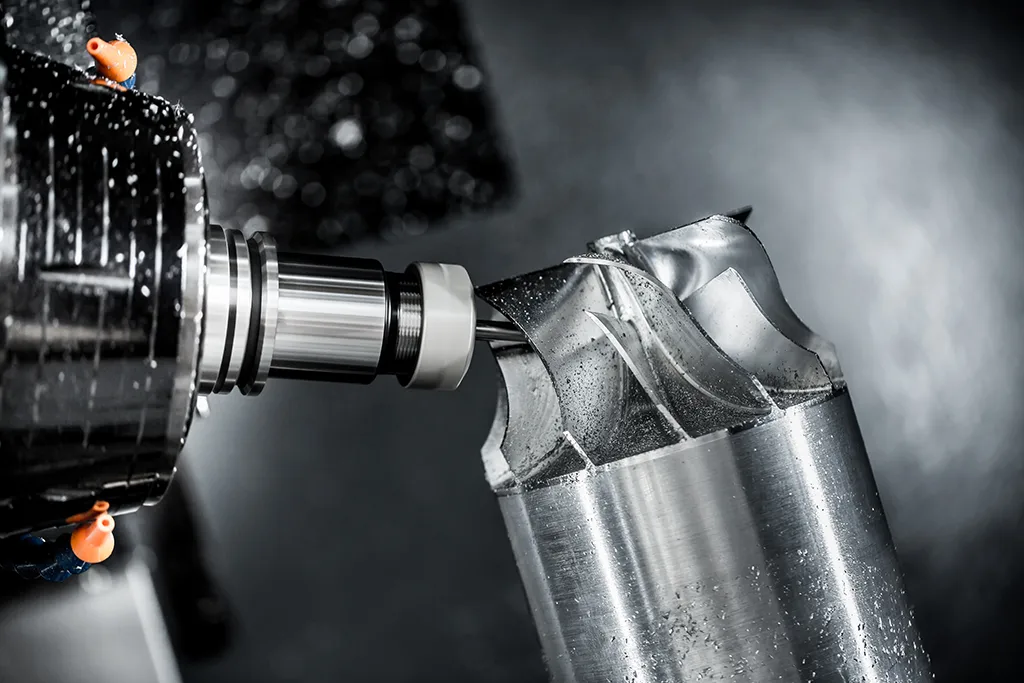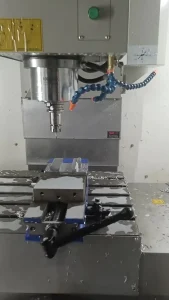Injection molding is a manufacturing process used to create plastic parts. It involves injecting molten plastic into a mold. This process has become essential in various industries, from automotive to consumer goods. Understanding injection molding can help businesses improve production efficiency.

The Process of Injection Molding
First, manufacturers heat plastic pellets until they melt. Next, they inject the molten plastic into a pre-designed mold. After the plastic cools and solidifies, they remove the part from the mold. This method allows for rapid production of complex shapes.
Benefits of Injection Molding
One significant advantage of injection molding is its efficiency. Manufacturers can produce large quantities of parts quickly. Additionally, this process reduces waste. Only the necessary amount of plastic is used, minimizing excess material.
Another benefit is the versatility of materials. Injection molding technology can accommodate various plastics, including thermoplastics and thermosetting polymers. This flexibility allows manufacturers to choose materials based on specific requirements, such as strength or flexibility.
Applications of Injection Molding
Injection molding technology is widely used in different industries. For instance, in the automotive sector, manufacturers create dashboard components, bumpers, and other essential parts. In the consumer goods sector, companies produce toys, containers, and electronic housings.
Moreover, Injection molding technology plays a crucial role in medical device production. Companies manufacture syringes, surgical instruments, and other critical components using this method. These applications highlight the importance of Injection molding technology in modern manufacturing.
Key Considerations
When considering injection molding, several factors come into play. The design of the mold is crucial. A well-designed mold can significantly reduce production costs. Furthermore, mold maintenance affects the quality of the final product. Regular inspection ensures that molds remain in good condition, resulting in consistent output.
Another consideration is the choice of plastic material. Different materials have varying properties, such as durability and resistance to heat. Selecting the right material ensures that the final product meets performance requirements.
Challenges in Injection Molding
Despite its benefits, Injection molding technology also presents challenges. One common issue is the initial cost of creating molds. High-quality molds can be expensive, which may deter some businesses. However, the long-term savings in production costs often outweigh this initial investment.
Additionally, Injection molding technology requires precise temperature control. Inconsistent temperatures can lead to defects in the final product. Therefore, manufacturers must invest in advanced machinery and monitoring systems to maintain quality.
Conclusion
In summary, Injection molding technology is a vital manufacturing process that offers numerous advantages. Its efficiency, versatility, and ability to produce complex shapes make it popular in various industries. However, businesses must carefully consider factors like mold design and material selection to maximize benefits.
By understanding the intricacies of injection molding, companies can improve their production processes. Ultimately, this knowledge can lead to higher quality products and increased customer satisfaction.






